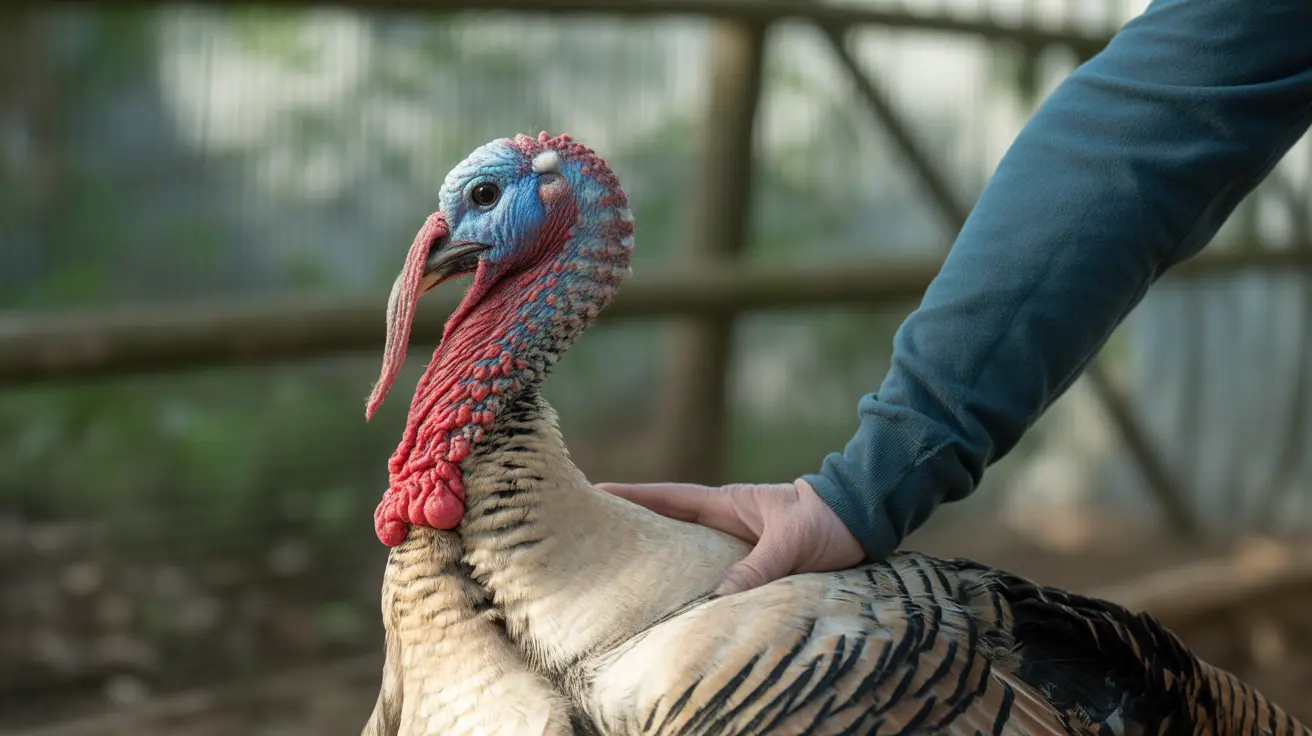Understanding Leiomyosarcoma Survival in Cats
Leiomyosarcoma is a rare but aggressive cancer arising from the smooth muscle tissue of the gastrointestinal tract in cats. Though uncommon, it presents serious implications for feline health due to its invasive potential and metastatic nature. Understanding its survival rate is essential for pet owners navigating a diagnosis and considering treatment options.
What Is Leiomyosarcoma?
Leiomyosarcomas are malignant tumors of smooth muscle origin, often emerging in the stomach and intestines. Unlike benign leiomyomas, they have a stronger tendency to invade local tissues and metastasize to organs such as the liver and lungs. These tumors typically affect middle-aged to older cats, usually over six years old, and have no known breed or sex predisposition.
Clinical Signs and Diagnosis
Symptoms of feline leiomyosarcoma can be nonspecific and develop slowly, making early diagnosis a challenge. Common clinical signs include:
- Chronic or intermittent vomiting, especially after meals
- Diarrhea, possibly with blood
- Decreased appetite and weight loss
- Lethargy and weakness
- Abdominal pain or a palpable mass
- Blood in stool or black, tarry stools (melena)
Physical exams may be unremarkable aside from weight loss. Blood tests may show mild anemia or other signs if the disease is advanced. Imaging techniques such as ultrasound, X-rays, CT, or MRI help detect tumors and assess spread. A definitive diagnosis relies on histopathology and immunohistochemistry to confirm the smooth muscle origin of the tumor.
Assessing Metastasis
Determining whether the tumor has metastasized is crucial. Common metastasis screening includes:
- Thoracic imaging to assess lung involvement
- Abdominal ultrasound for liver and lymph nodes
Surgical Treatment and Survival Rate
Surgical removal with wide margins offers the best chance of survival. The type of surgery depends on tumor location and may include partial gastrectomy or enterectomy. If the tumor is completely excised without metastasis, cats can survive from several months to over one year. The survival outcome is highly dependent on:
- Early detection
- Extent of tumor removal
- Absence of metastasis
Complete excision provides the most optimistic prognosis. However, in cases where surgery captures only part of the tumor or where metastasis has occurred, the survival prospects decrease substantially.
Postoperative and Supportive Care
Following surgery, attentive care is crucial to recovery and quality of life. Postoperative management includes:
- Pain control using medications like buprenorphine or gabapentin
- High-calorie, easily digestible diets
- Anti-nausea and appetite-stimulating drugs
- Routine monitoring of gastrointestinal function
Regular follow-up with imaging every 3–6 months is recommended to check for recurrence.
Role of Chemotherapy and Radiation
Adjuvant therapies such as chemotherapy and radiation have limited proven efficacy in feline leiomyosarcoma but may be considered if the tumor is incompletely removed or demonstrates spread. In such cases, the goal is often palliative—focusing on symptom control and maintaining quality of life.
Prognosis and Quality of Life
The long-term outlook for cats with leiomyosarcoma varies:
- Positive indicators: Early detection, complete surgical removal, no metastasis
- Negative indicators: Late-stage detection, incomplete excision, metastasis to organs
For cats that undergo successful tumor removal and remain metastasis-free, a relatively good quality of life may be regained for several months to years. However, due to recurrence risk, continuous follow-up is a vital part of ongoing care.
Conclusion
While leiomyosarcoma is an aggressive cancer, a cat can achieve meaningful survival and quality of life through proactive diagnosis, effective surgical treatment, and diligent postoperative care. Awareness of the subtle signs and timely veterinary consultation significantly improves the survival chances of affected cats.





